
Scientists Reactivate the Brain’s Self-Cleaning System, Hinting at a Breakthrough for Alzheimer’s
A new scientific advance may have brought humanity one step closer to conquering Alzheimer’s disease. Researchers have succeeded in “rebooting” the brain’s natural cleaning mechanism — the so-called glymphatic system — and observed as toxic Alzheimer’s plaques began to disappear. What is striking about this result is that the healing mechanism is not foreign to our bodies: it already existed within the brain; it simply needed to be switched back on.
The human brain possesses a built-in detoxification network known as the glymphatic system. During deep sleep, this system functions like a nighttime janitor, clearing away metabolic waste products and harmful proteins from brain tissue. News-Medical+3Exploration Publishing+3PMC+3 In patients with Alzheimer’s disease, this clearance system is known to slow down or even shut off entirely, which allows sticky aggregates of the protein amyloid-β (and in many cases tau) to accumulate, causing memory loss and cognitive decline. MDPI+1
In an exciting experimental study, scientists managed to reactivate this cleaning mechanism in laboratory models by adjusting cerebrospinal fluid flow and neural activity linked to sleep-cycle rhythms. Within hours, the amyloid plaques began to dissolve and brain function showed promising signs of recovery. For instance, a study published in Nature demonstrated that multisensory 40 Hz gamma stimulation (light + sound) enhanced glymphatic transport in mice, reducing amyloid burden. Nature This is the first time that researchers have observed the brain essentially healing itself via its own natural mechanism of waste clearance — rather than relying solely on external drugs.
This discovery has implications not only for Alzheimer’s treatment, but also for reshaping our entire understanding of brain health. If scientists can find safe and effective ways to stimulate this mechanism in humans, it could lead to therapies that reverse neurodegeneration — rather than merely slow it down.
The notion that our own brains hold the blueprint for their repair is both humbling and hopeful. The cure for Alzheimer’s may not necessarily come from entirely novel drugs, but from awakening the inherent intelligence of the body itself.
Why this matters
Traditionally, most therapeutic efforts for Alzheimer’s have focused on clearing amyloid plaques (and tau tangles) through antibodies or small molecules. However, emerging research suggests that even when plaques are cleared, the brain’s waste-removal system may remain impaired. For example, a study from Japan found that the approved antibody Lecanemab successfully reduced amyloid levels, but did not restore the glymphatic clearance system within three months. SciTechDaily+1 In other words, it appears that by the time symptoms are present, neuronal damage and clearance-system failure are already well established.
This means that simply leveling plaques may not be sufficient to restore brain health; the waste-clearance system itself must be addressed. The glymphatic system thus emerges as a critical piece of the Alzheimer’s puzzle. MDPI+1
Moreover, large-scale human data support the connection: A study of around 40,000 adults found that impaired cerebrospinal fluid (CSF) movement — a proxy for glymphatic dysfunction — strongly predicted later dementia risk. News-Medical That suggests that improving glymphatic flow may not only treat Alzheimer’s, but could also prevent it.
Current limitations & what’s still unknown
Despite the excitement, there are important caveats:
-
Many of the interventions are still in the animal or early‐phase human study stage. The leap from mouse models to safe, scalable human therapies is large.
-
We do not yet have robust evidence in humans showing that re-activating the glymphatic system can remove plaques and restore cognitive function in Alzheimer’s patients. Some human studies show that clearance remains impaired even after plaque-lowering therapy. ScienceDaily+1
-
It remains unclear how best to stimulate this mechanism in humans: whether by sleep therapies, neuromodulation (such as gamma-frequency sensory stimulation), vascular interventions, or pharmaceutical agents targeting fluid channels.
-
We must determine which patients and at what stage of disease this approach is most likely to succeed. If much damage is already done, the opportunity may be limited.
-
Safety and long-term effects remain to be fully assessed.
Implications for brain health & treatment paradigms
If the glymphatic-activation approach proves effective in humans, the implications are profound:
-
It could enable a new category of therapies that activate the brain’s own self-cleaning mechanisms, rather than relying solely on external agents.
-
It underscores the importance of sleep, cardiovascular health, vascular flow and brain fluid dynamics in neurodegenerative risk — reinforcing public-health strategies to maintain healthy brain “plumbing”.
-
Treatment strategies might combine established therapies (e.g., anti-amyloid antibodies) with interventions to restore or enhance glymphatic flow, potentially making them more effective.
-
Rather than seeing Alzheimer’s as purely a misfolded-protein disease, it may be reframed as a breakdown of brain-waste infrastructure — with wakefulness, sleep, vascular pulsatility, astrocyte channels (e.g., AQP4) and interstitial fluid all playing roles. MDPI+1
Conclusion
In summary, the idea that we can “switch on” the brain’s own detox system and watch Alzheimer’s plaques begin to fade is tính mới and highly promising, though still early. While it may be premature to claim that Alzheimer’s is solved, this line of research offers one of the most exciting avenues in years. If it fulfills its potential, we could see a paradigm shift in how we treat — and perhaps even prevent — Alzheimer’s disease. The cure may lie not just in external drugs, but in reawakening the body’s own intelligence.
Additional References for further reading:
-
Kopeć K, et al. “The Therapeutic Potential of Glymphatic System Activity to Treat Alzheimer’s Disease and Other Neurodegenerative Disorders.” International Journal of Molecular Sciences. 2025. MDPI
-
Murdock MH, et al. “Multisensory gamma stimulation promotes glymphatic clearance.” Nature. 2024. Nature
-
Hazzard I. “Impaired glymphatic clearance is an important cause of Alzheimer’s disease.” ENT – Exploration in Neuro-Therapeutics. 2024. Exploration Publishing
-
University of Cambridge. “Impaired movement of cerebrospinal fluid predicts dementia risk later in life.” News-Medical, Oct 2025. News-Medical
-
ScienceAlert. “One of Our Biggest Hopes For Alzheimer’s Treatment Doesn’t Seem to Work.” Nov 2025. sciencealert.com
News in the same category


The Real Crime Is Hunger: A Judge’s Moral Verdict on a Child’s Desperation

Injectable Gel Breakthrough Brings New Hope for Nerve Regeneration

Goodbye Synthetic Dyes: Doritos Join the Push for Cleaner, Transparent Ingredients
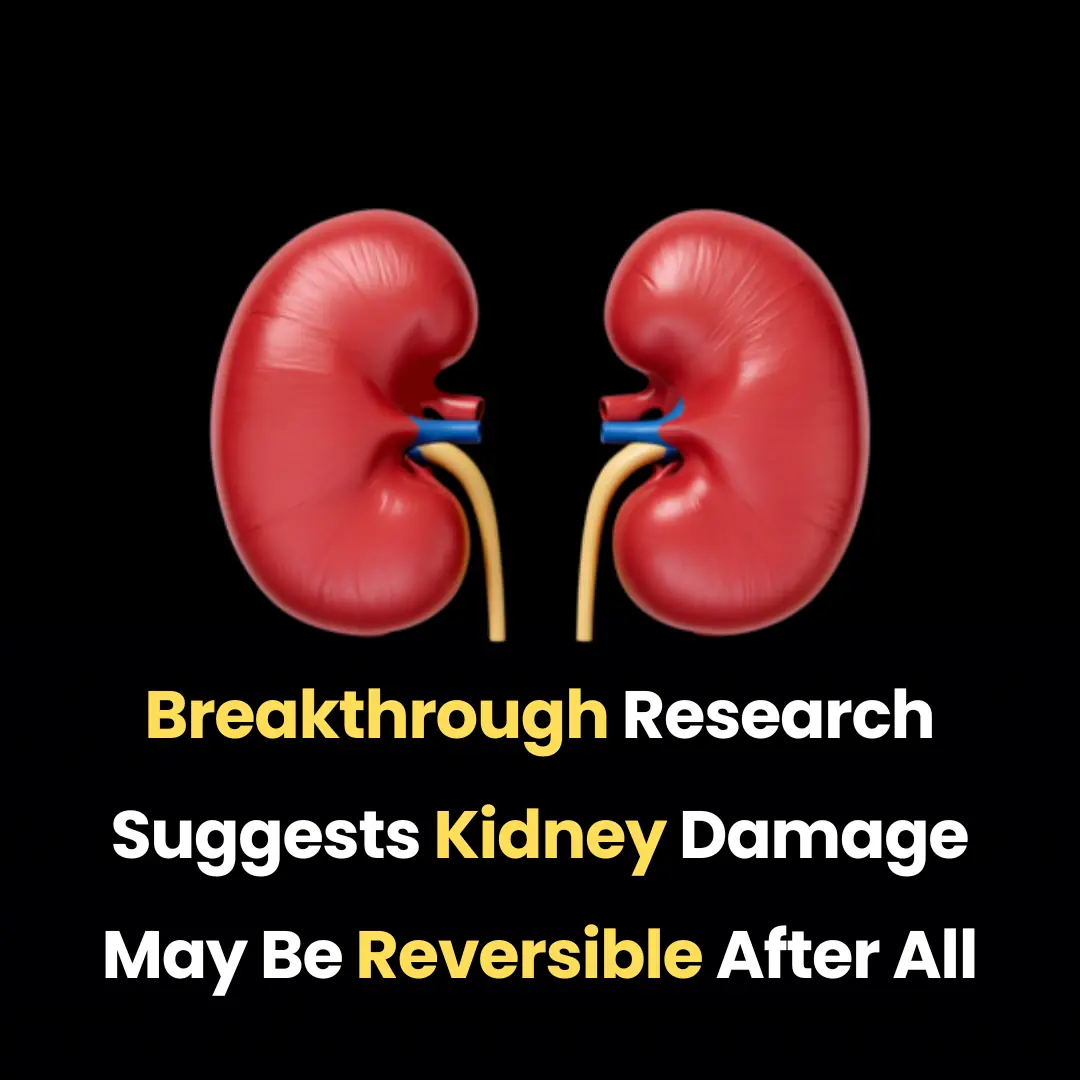
Breakthrough Research Suggests Kidney Damage May Be Reversible After All
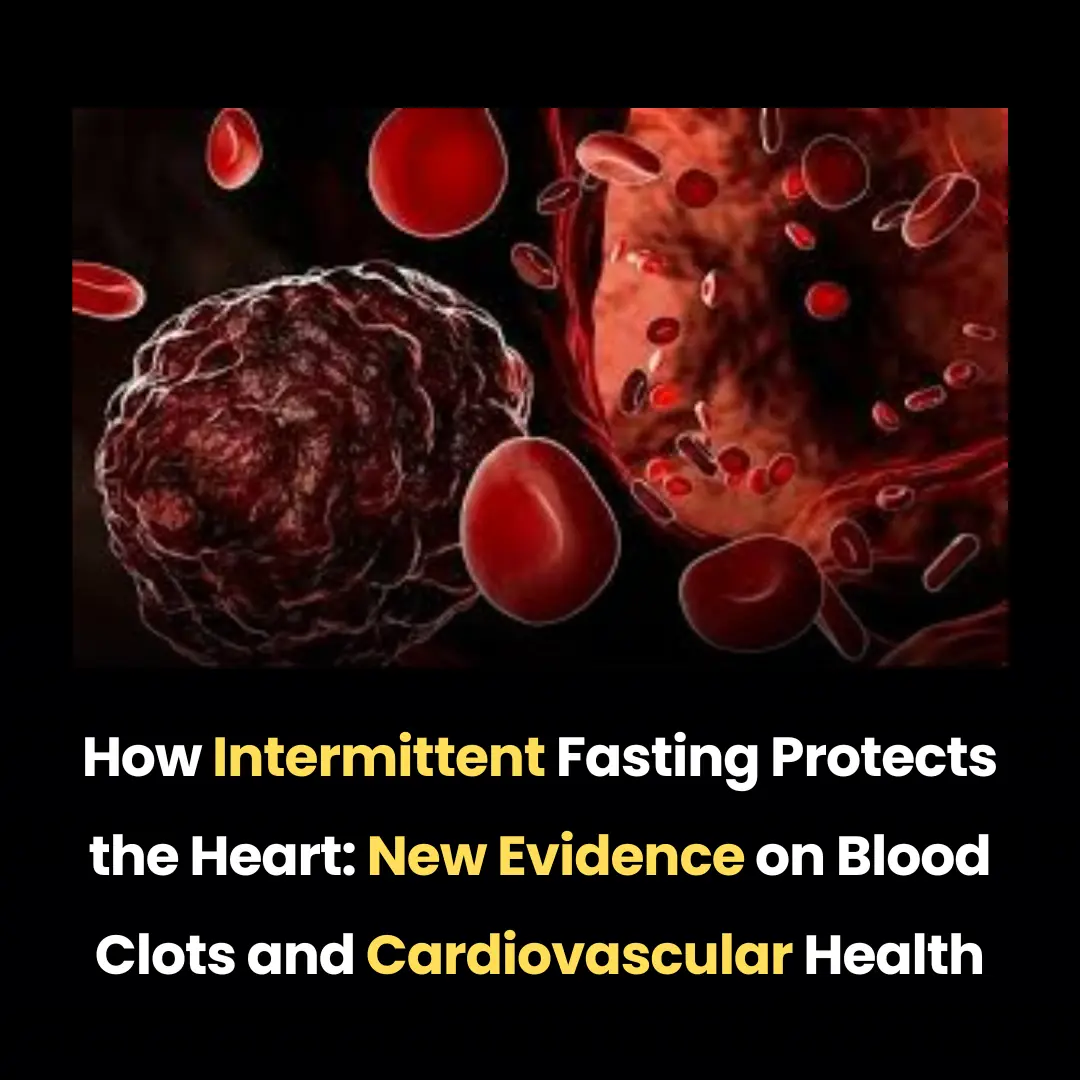
How Intermittent Fasting Protects the Heart: New Evidence on Blood Clots and Cardiovascular Health
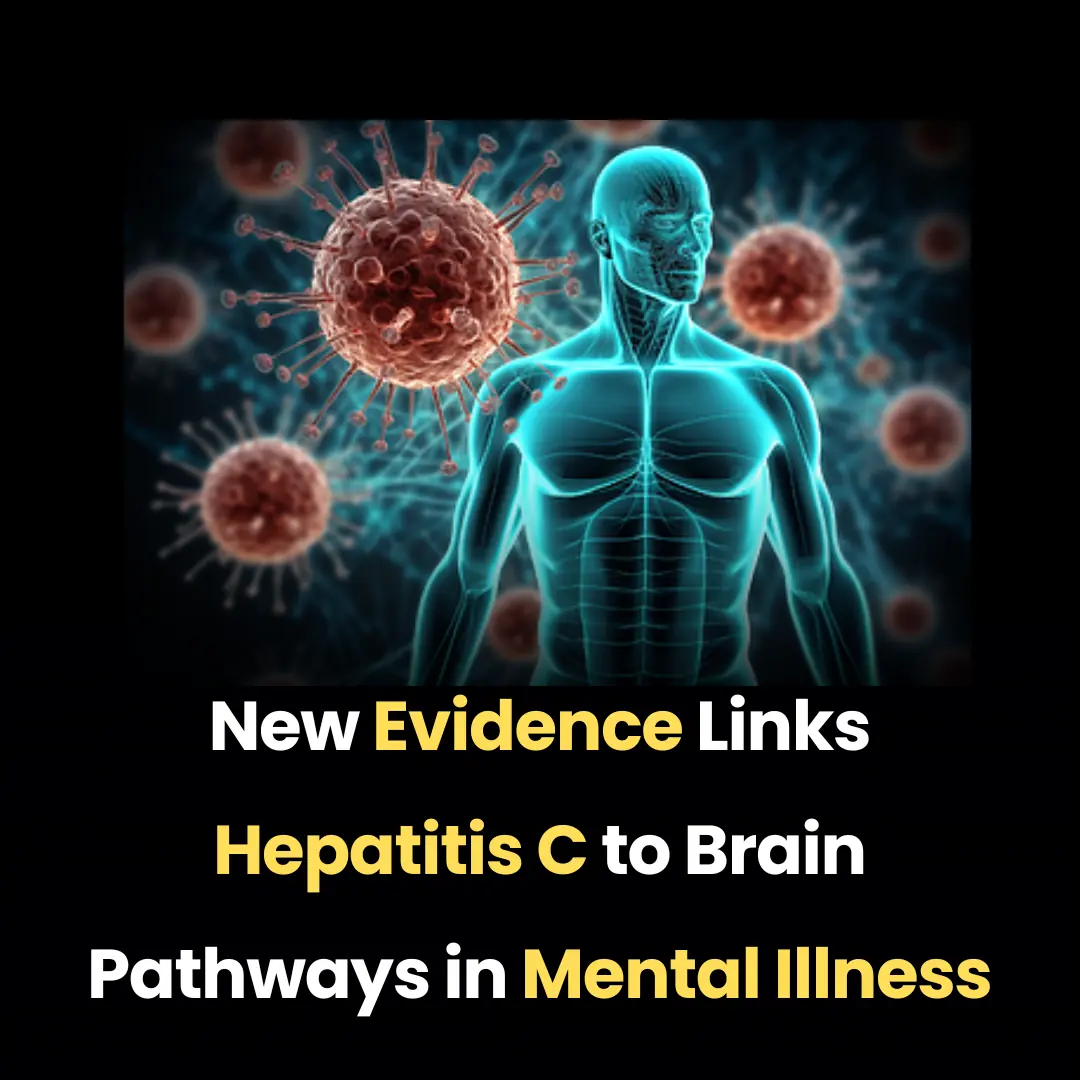
New Evidence Links Hepatitis C to Brain Pathways in Mental Illness

If You See a Woman Wearing a Wedding Ring On Her Pinky, Here's What It Means

Reinventing Renewable Energy: Germany Launches Compact Turbine for Off-Grid Power

Rethinking Depression: New Brain-Imaging Research Reveals It’s More Than a Chemical Imbalance

Seventeen Years Lost: How a Look-Alike Helped Free an Innocent Man

You Must Live Without One Modern Comfort — Your Choice Reveals Who You Really Are

Why do foreigners use electric kettles so little even though they are very convenient?
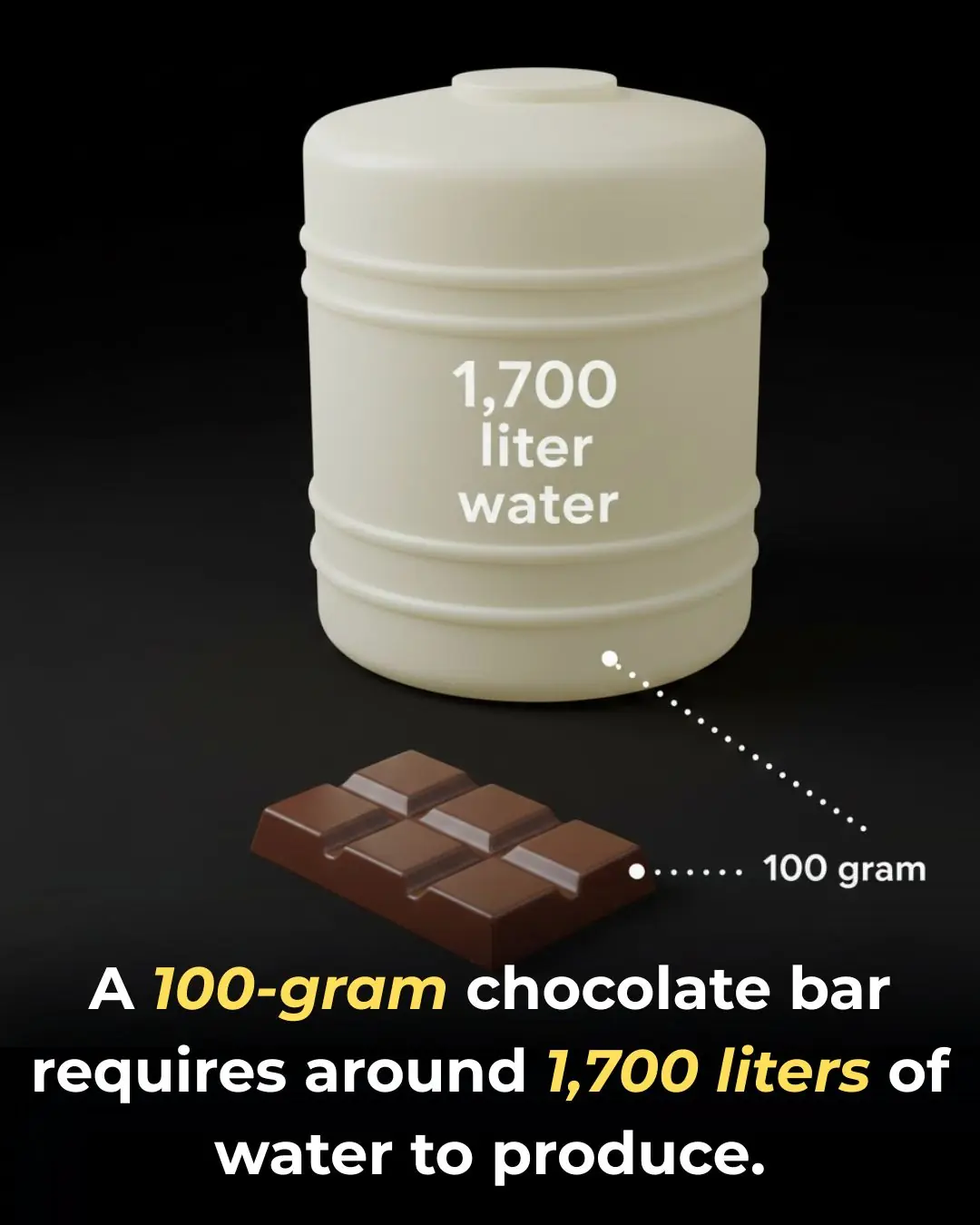
How Poor Sitting Posture Impacts Your Spine, Muscles, and Overall Health
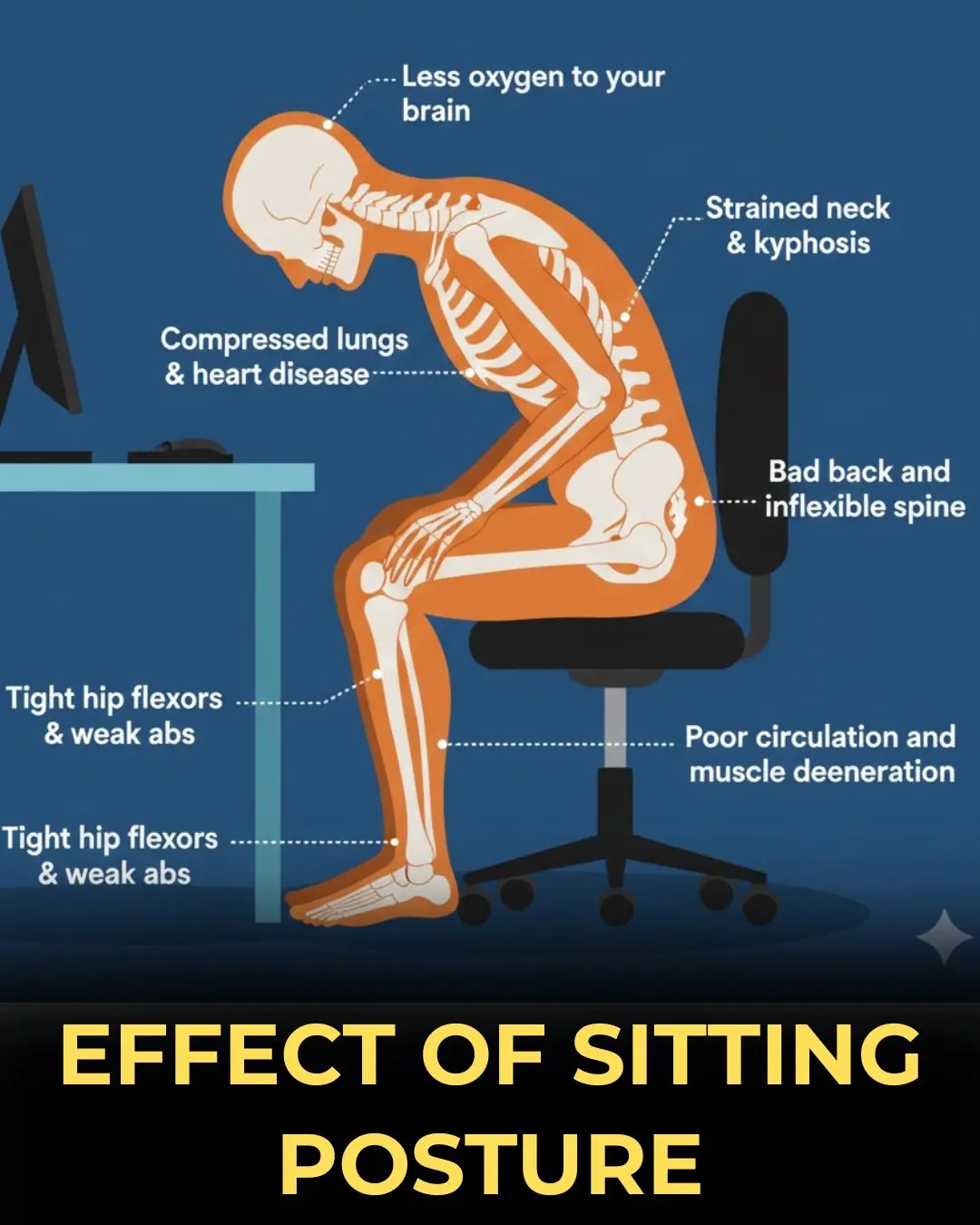
Understanding the Long-Term Consequences of Poor Sitting Posture
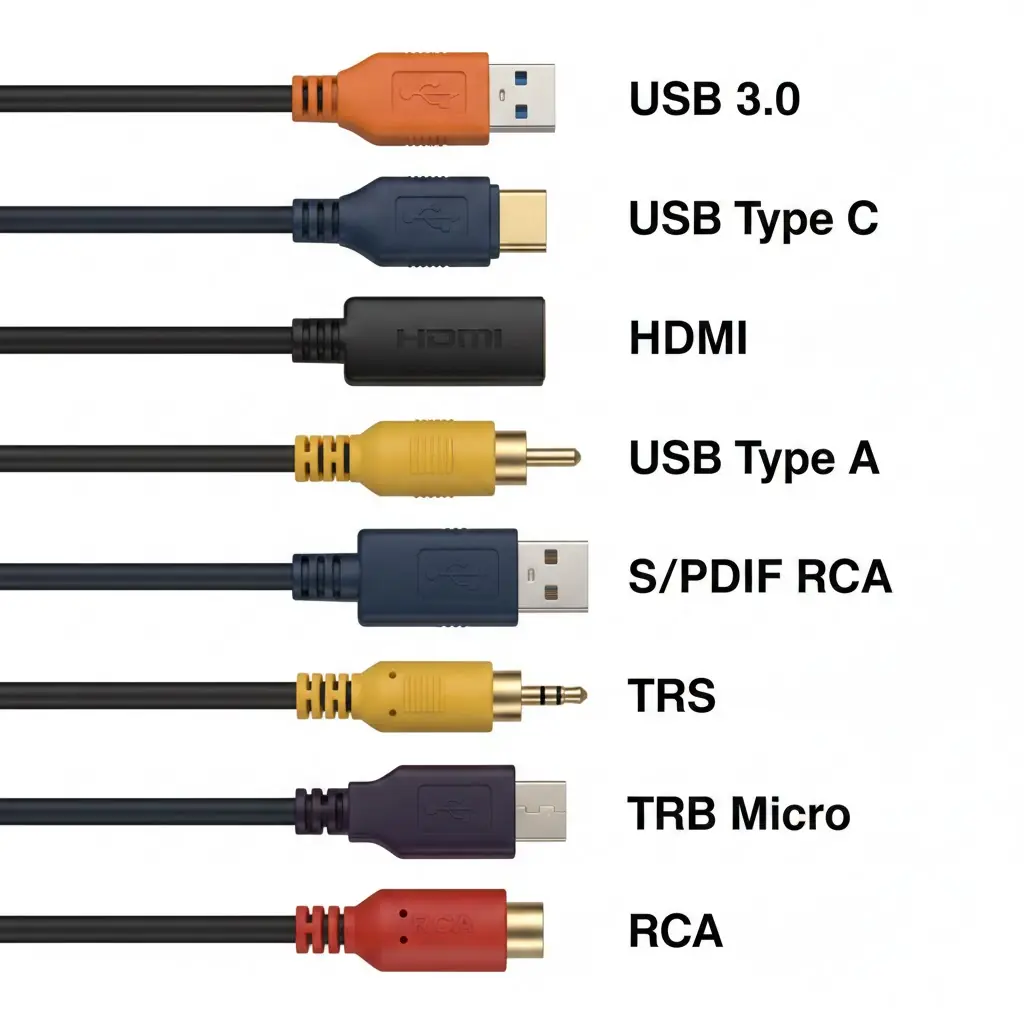
A Complete Guide to Common Cable Types and How They Keep Devices Connected
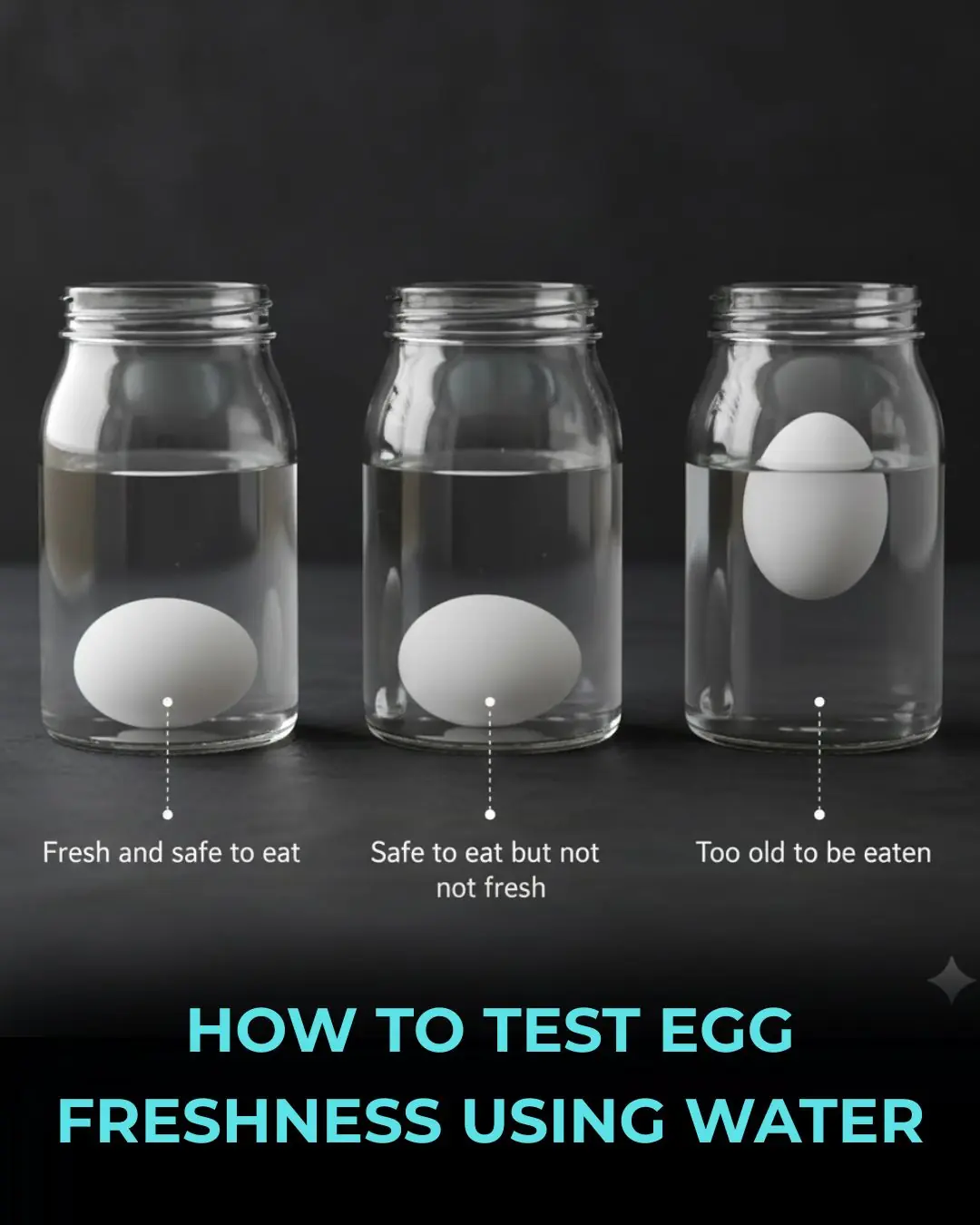
Egg Freshness Explained: What Sinking, Tilting, and Floating Really Mean

A Sleeping Giant Stirs: Taftan Volcano Experiences Uplift Driven by Shallow Gas Pressure
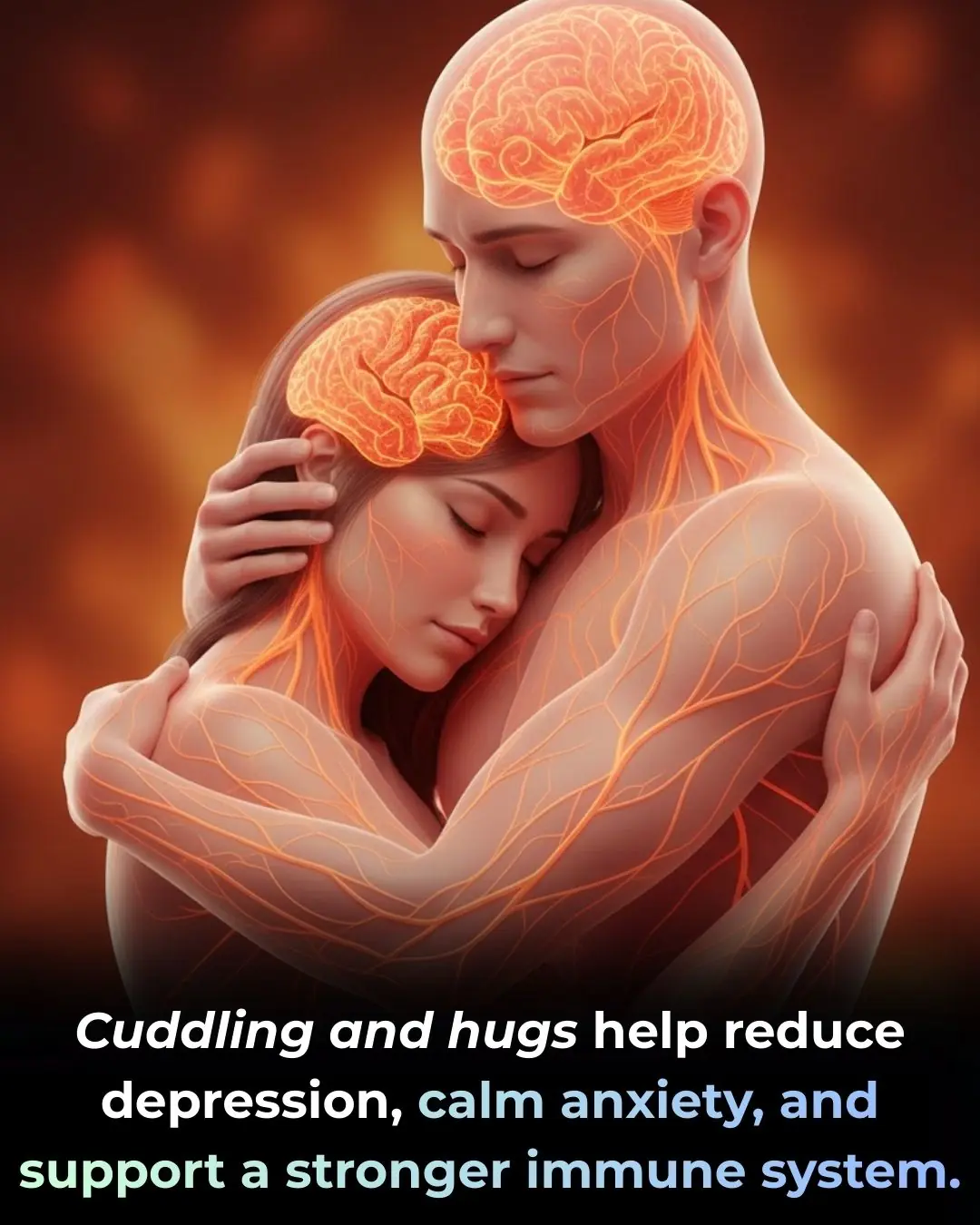
The Healing Power of Touch: How Hugs Support Emotional Balance and Immune Health
News Post

DIY Homemade Hair Dye That is Effective

How To Use Almonds To Get Rid Of Neck Wrinkles

Miracle Indian Bridal Ubtan For Skin Brightening

mRNA Vaccines Show Early Evidence of Slowing Cancer Progression

The Real Crime Is Hunger: A Judge’s Moral Verdict on a Child’s Desperation
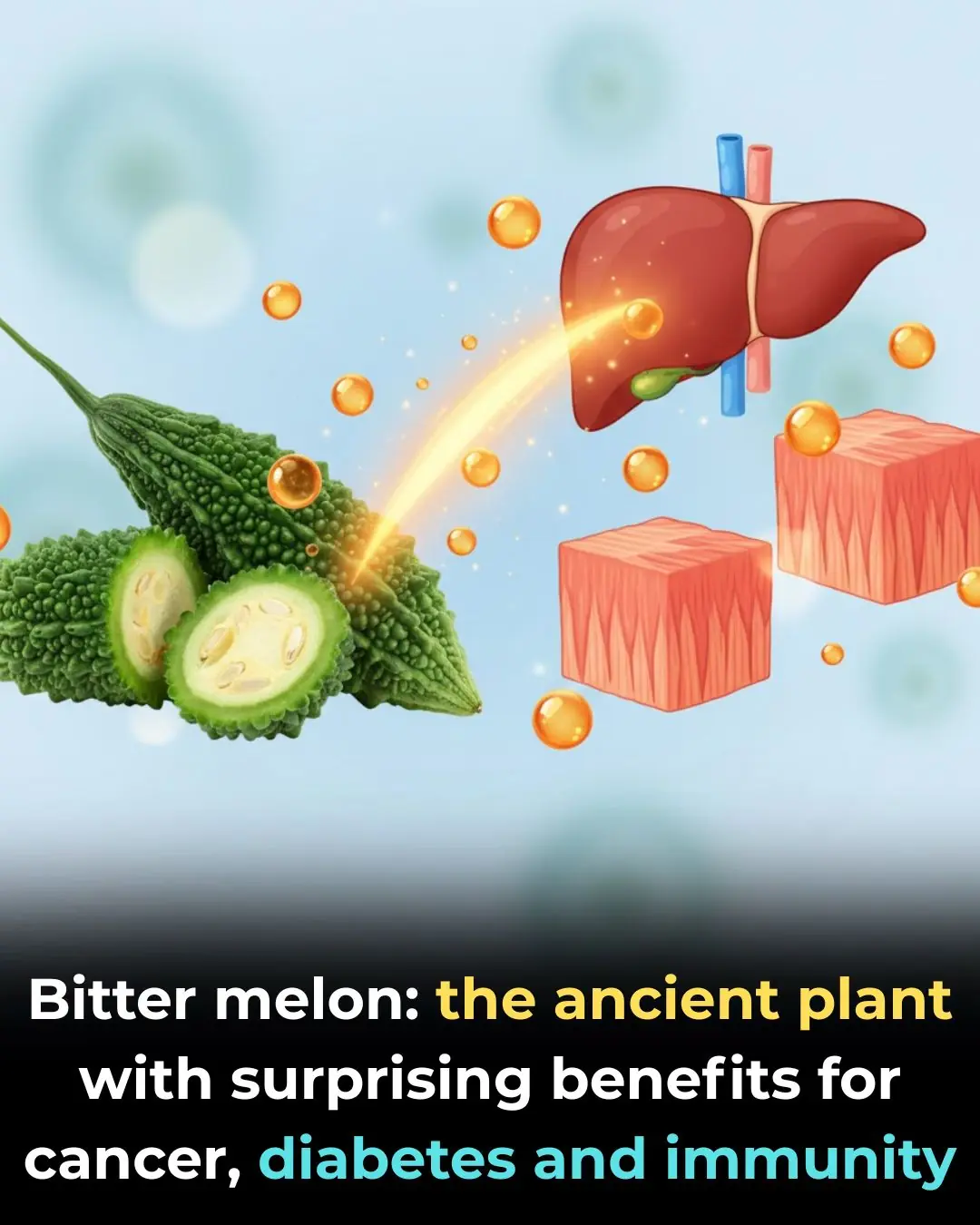
The Plant That Kills Cancer Cells, Stops Diabetes And Boosts Your Immune System!
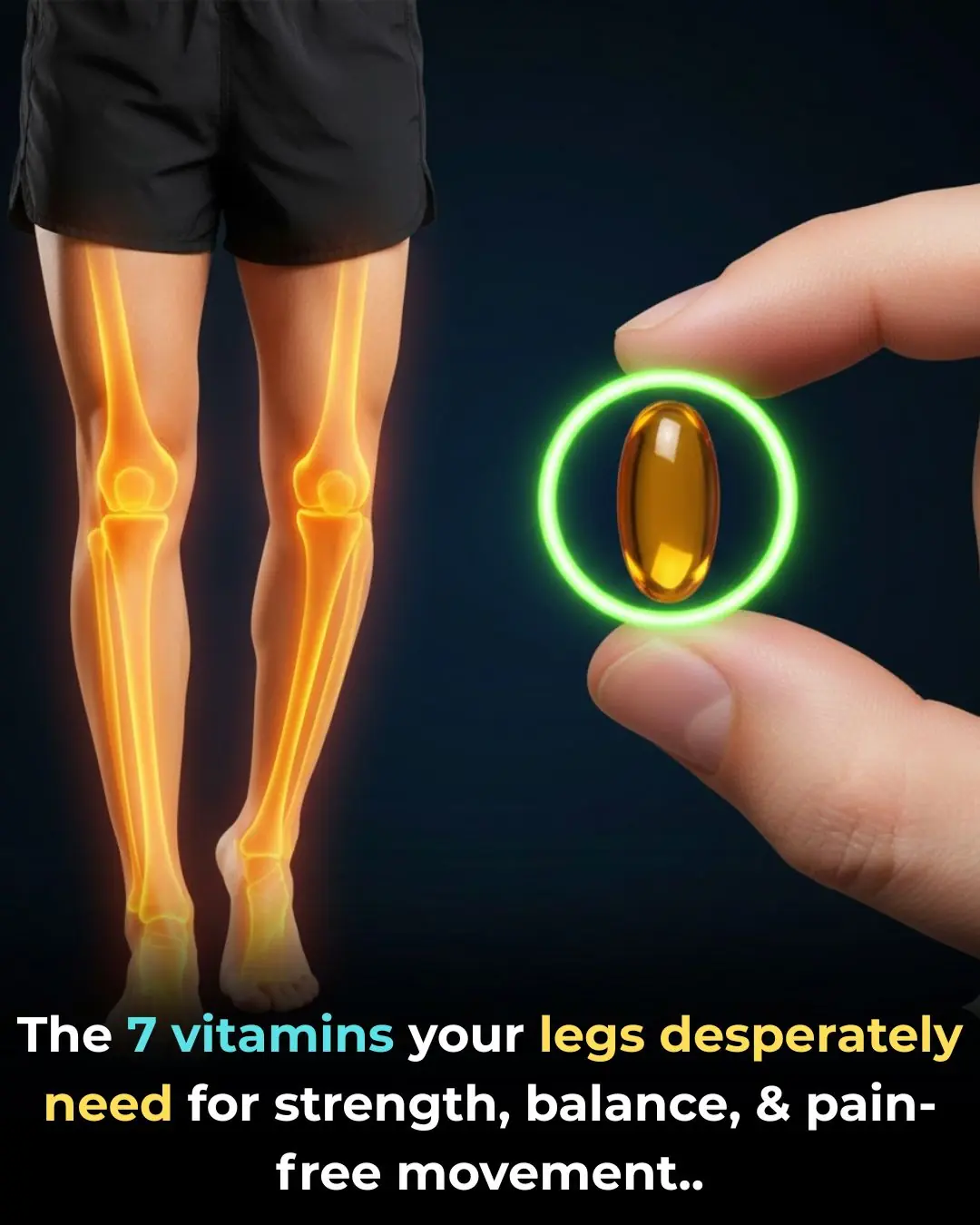
7 powerful vitamins you need for strong, healthy legs

Beware Portuguese Man-of-War Found on Beach

When washing clothes, don’t just put in detergent! Do this little trick, dirty clothes will be like new!

Injectable Gel Breakthrough Brings New Hope for Nerve Regeneration
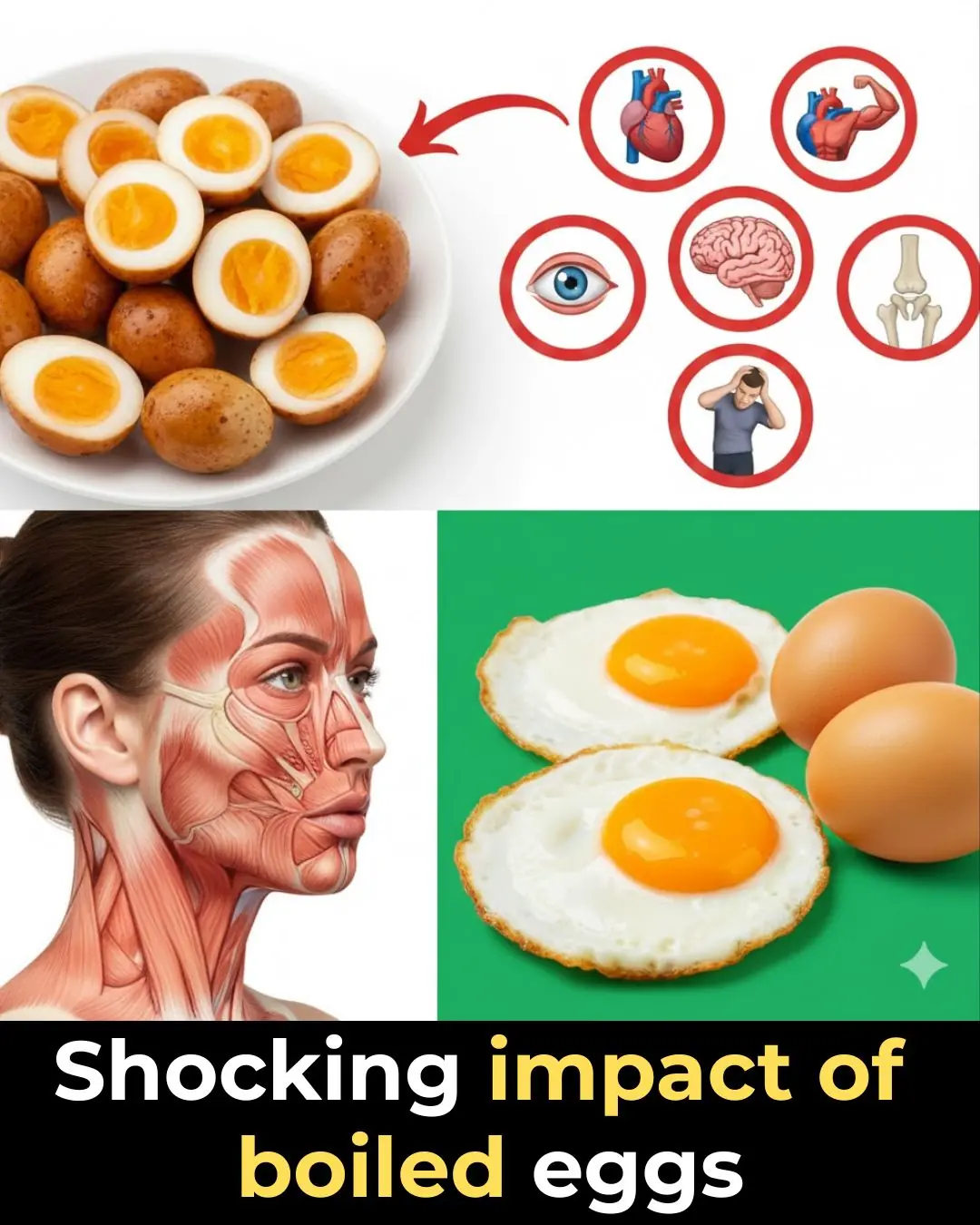
Why Boiled Eggs Deserve a Spot on Your Breakfast Table

Goodbye Synthetic Dyes: Doritos Join the Push for Cleaner, Transparent Ingredients

Breakthrough Research Suggests Kidney Damage May Be Reversible After All

How Intermittent Fasting Protects the Heart: New Evidence on Blood Clots and Cardiovascular Health

New Evidence Links Hepatitis C to Brain Pathways in Mental Illness

ITV breaks silence as Celebrity Big Brother is ‘axed from ITV schedule’

Peter Andre teases ‘special’ project with wife Emily: ‘We are having exciting meetings’

🚫 When to Avoid Ginger — 6 Medical Conditions That May Be Affected
